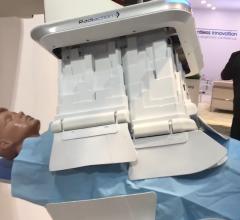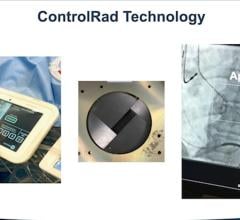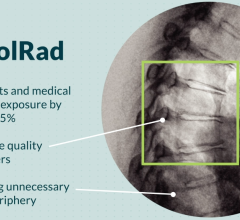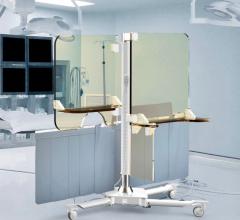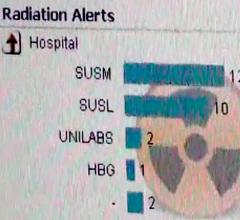By Dave Fornell, DAIC Editor
Finding ways to lower patient radiation dose from both medical imaging and interventional cardiology has become a major trend. However, when vendors start talking dose, it is important to realize there are no set industry standards agreed upon by manufacturers to calculate dose. For this reason, I call into question vendors’ statistics of how much their technology can lower dose by up to 20, 50 or even 80 percent. While new technologies such as iterative reconstruction, more sensitive detectors and ECG gating do indeed lower dose, quantifying it can be a moving target.
DAIC created a comparison chart for technologies to help lower computed tomography (CT) dose (see Page 34). Vendors were asked, “How does your system calculate estimated dose?” As an example, we asked what they use as a conversion factor to calculate dose in MilliSieverts (mSv) based on dose-length product (DLP) or CT dose index volume (CTDlvol) found on a scan’s DICOM header. To our surprise, this central question of how vendors arrive at their dose statistics was not answered by anyone. I wrote back posing this question again and only received responses from GE and Philips — the rest declined to comment. The bottom line is that there are no industry standards agreed upon by manufacturers.
“There have been publications to estimate effective dose from DLP or CTDI through conversion factors and there are organ dose simulations you can calculate using Monte Carlo techniques, however each method has its own level of uncertainty,” said Leslie Lakis, Philips senior public relations manager, imaging systems. “Therefore, physicists are left to use whatever effective dose conversion they prefer until the scientific community formally adopts a standard method for effective dose conversion.”
Ken Denison, global marketing director, CT, global MICT dose leader, GE Healthcare, said each manufacturer takes measurements on 16 and 32 cm water phantoms for a range of parameters (kVp, mA, slice thickness, pitch, etc.) and this allows them to then estimate the exposure using CTDIvol. However, he said GE does not provide an estimate for whole-body effective dose on its systems. “This is because there are different k-factors that may be used to convert DLP to and estimate of whole-body effective dose. Different users may choose which factors to use differently,” he said.
Due to the variability cited, I often wonder if true apples-to-apples comparisons between vendors’ technologies are possible. Also, as more states consider laws requiring providers to record patient dose, what measure is being used? It must be realized that all dose calculations are based on 16 and 32 cm phantoms, which are are not real people and most patients are 16 or 32 cm across. In addition, each patient body habitus impacts the individual level of dose, so all dose measures are really a best guess, not an exact science.



 May 07, 2024
May 07, 2024 

